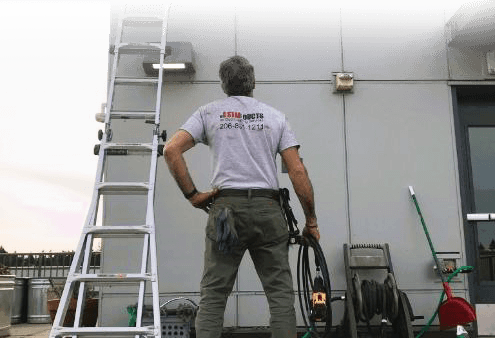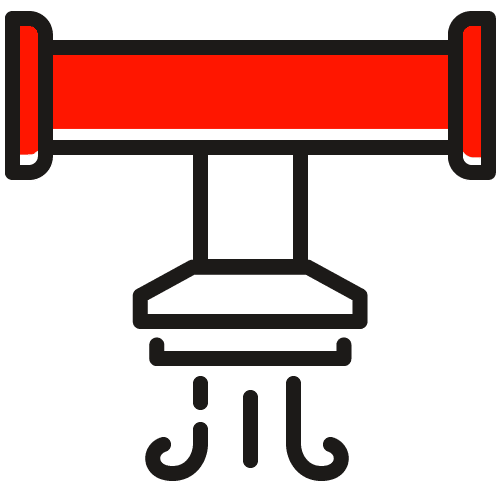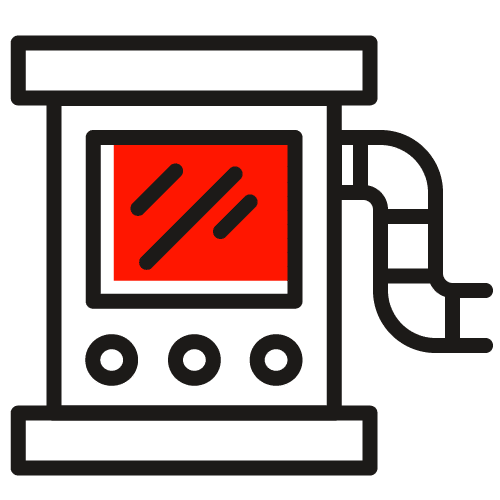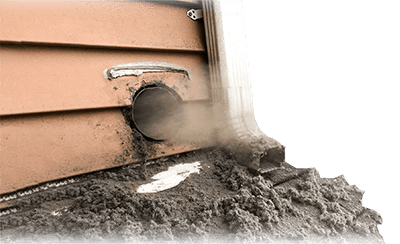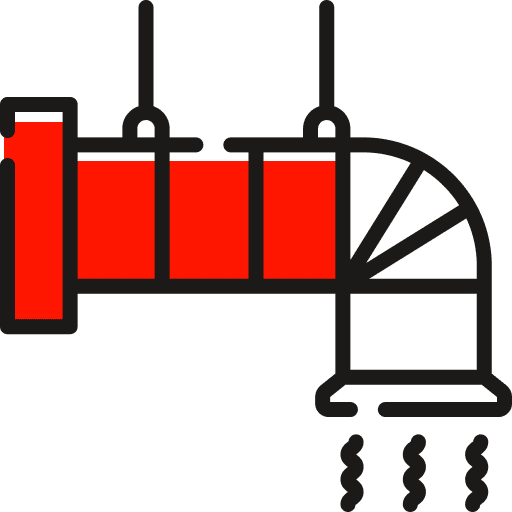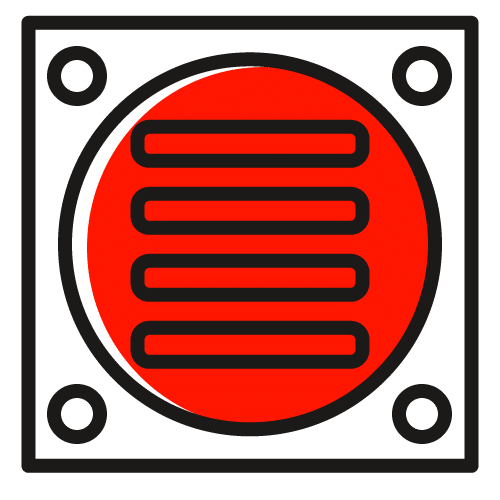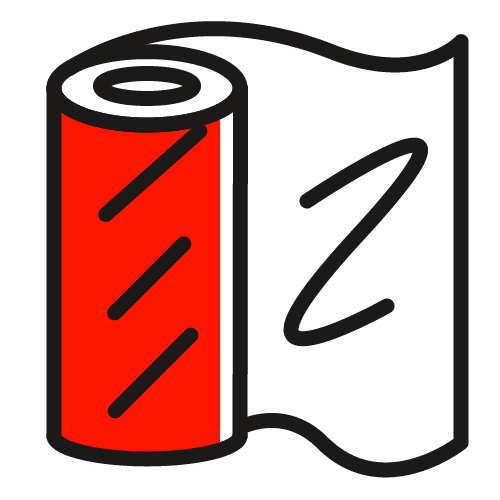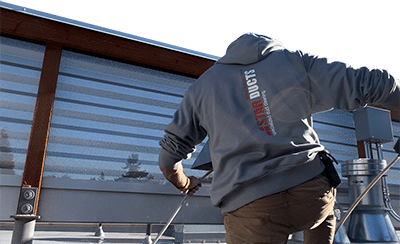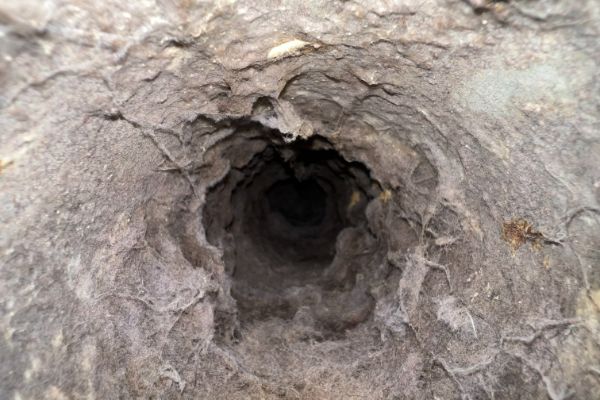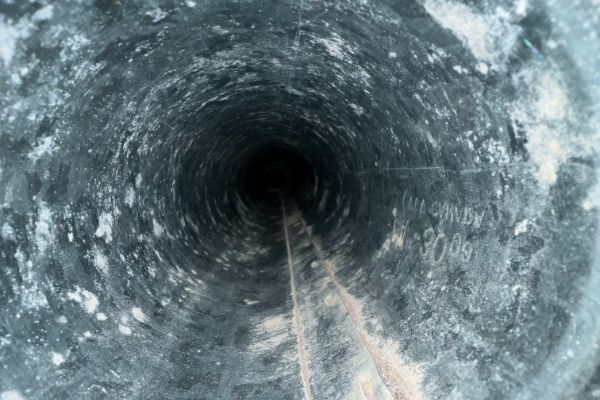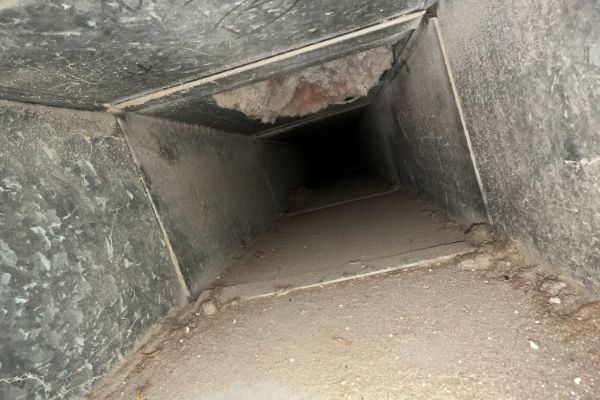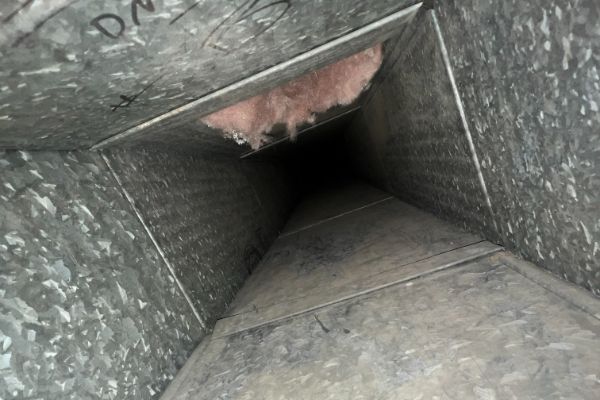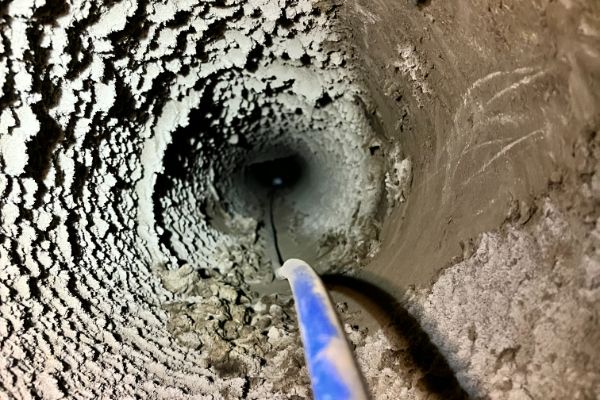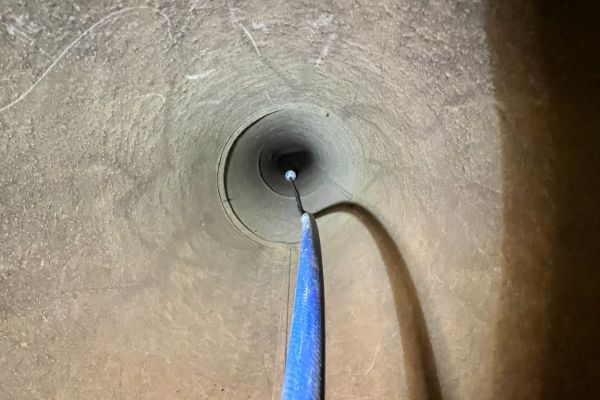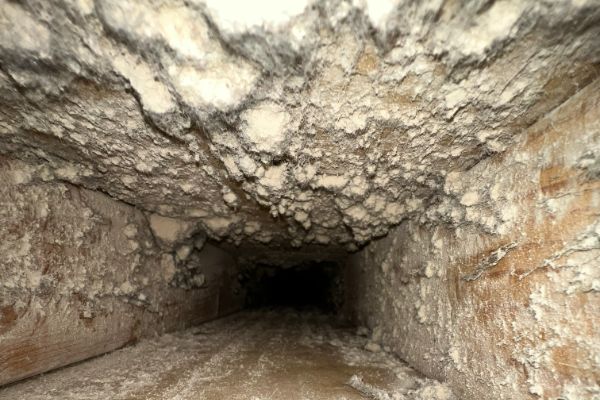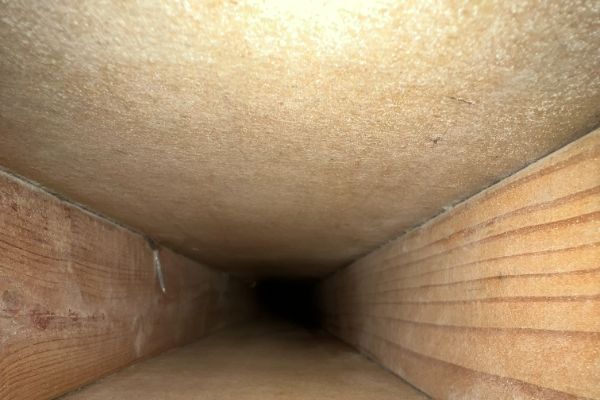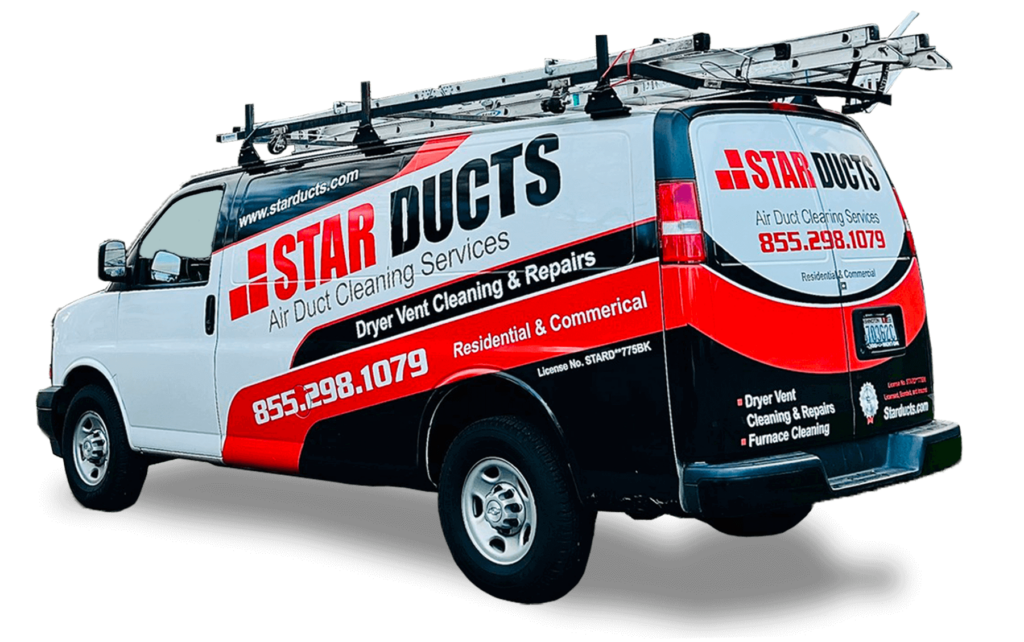
You might not give it much thought, but your dryer vent plays a significant role in keeping your home safe and energy-efficient. Picture this: you’re doing laundry on a Sunday afternoon, and suddenly, your dryer starts malfunctioning. It’s getting hotter than usual, and the clothes are taking ages to dry. If you’ve ever experienced this, you know it’s a frustrating situation. So let’s dive into the world of dryer vents and find out why repairing them is vital for our homes.
The Hidden Dangers of Neglecting Your Dryer Vent
Often, people don’t pay much attention to their dryer vents. After all, it’s a small and inconspicuous part of your home, right? But did you know that neglecting your dryer vent can lead to dangerous consequences, including fires? According to the US Fire Administration, more than 2,900 home clothes dryer fires are reported each year, causing an estimated five deaths, 100 injuries, and $35 million in property loss.
The Sneaky Culprit: Lint Buildup
The leading cause of these fires? Lint buildup. When you dry your clothes, the dryer’s exhaust system carries away moisture and lint. But over time, lint can accumulate in the vent, clogging it and creating a serious fire hazard. Not only that, but a clogged vent can also lead to carbon monoxide poisoning. Scary, right?
How a Clogged Dryer Vent Affects Your Energy Efficiency
Apart from posing safety risks, a clogged dryer vent can also wreak havoc on your energy bills. When the vent is obstructed, your dryer has to work harder to get rid of moisture, leading to longer drying times and higher energy consumption. In fact, a poorly maintained dryer vent can increase your energy bills by up to 30%.
Repairing Your Dryer Vent: A Step-by-Step Guide
Now that we understand the importance of maintaining our dryer vents, let’s go through a step-by-step guide to repair and clean them.
Step 1: Unplug and Disconnect
First things first, always make sure to unplug your dryer from the electrical outlet and disconnect it from the vent before you start working on it. Safety first!
Step 2: Locate and Inspect
Next, locate the dryer vent on the outside of your home. It’s usually a small, hooded opening. Inspect the vent cover for damage or wear, and if needed, replace it to ensure proper airflow.
Step 3: Remove Lint and Debris
Using a vent brush or a vacuum cleaner with a long hose attachment, remove lint and debris from the vent opening and the duct. It’s essential to remove as much lint as possible to prevent clogs and maintain proper airflow.
Step 4: Clean the Lint Trap
Don’t forget about the lint trap! Remove it from the dryer and clean it thoroughly using a brush or vacuum. Regularly cleaning the lint trap helps reduce lint buildup in the vent.
Step 5: Reconnect and Test
After cleaning the vent and lint trap, reconnect the dryer to the vent and plug it in. Test the dryer to ensure it’s working correctly and efficiently.
The Benefits of Regular Dryer Vent Maintenance
By regularly repairing and maintaining your dryer vent, you can enjoy numerous benefits, such as:
-
- Improved safety: Reduce the risk of dryer fires and carbon monoxide poisoning.
- Enhanced efficiency: Lower energy bills and shorter drying times.
- Extended dryer life: A well-maintained vent reduces wear and tear on your dryer, prolonging its lifespan.
When to Call a Professional
While DIY vent cleaning is doable, there are times when calling a professional is the best course of action. If you’re experiencing any of the following issues, it’s time to call in the experts:
-
- Persistent clogs: If you’ve tried cleaning the vent yourself but still encounter problems, it might be time to consult a professional. They have specialized tools and equipment to remove stubborn clogs and ensure your vent is functioning optimally.
- Long or complicated ducts: If your dryer vent has multiple twists and turns or is exceptionally long, a professional will be better equipped to navigate and clean it thoroughly.
- Signs of damage: If you notice any damage to your vent, such as cracks or gaps, it’s essential to have a professional assess and repair it to prevent potential hazards.
Don’t Ignore Your Dryer Vent
It’s easy to overlook the importance of your dryer vent, but as we’ve seen, maintaining and repairing it is crucial for home safety and efficiency. By regularly cleaning your vent and calling in professionals when necessary, you can protect your home from potential hazards, save money on energy bills, and extend the life of your dryer. So next time you’re doing laundry, give your dryer vent the attention it deserves – your home and wallet will thank you!
Preventive Measures: Tips for a Trouble-Free Dryer Vent
To minimize the need for frequent repairs and ensure your dryer vent remains in good condition, follow these preventive measures:
-
- Clean the lint trap after each load: Get into the habit of cleaning the lint trap after every load of laundry. This practice not only prevents lint buildup in the vent but also allows your dryer to work more efficiently.
- Inspect the vent cover regularly: Take the time to inspect the vent cover on the exterior of your home. Ensure it’s not damaged, clogged, or blocked by debris. Replace the cover if necessary.
- Be mindful of what you dry: Avoid overloading your dryer and be cautious when drying materials that produce excessive lint, such as towels or blankets. When in doubt, consult your dryer’s user manual for guidelines on load sizes and appropriate materials.
- Schedule routine maintenance: Establish a regular schedule for cleaning and maintaining your dryer vent. Aim to inspect and clean the vent at least once a year or more often if you notice any issues.
Recognizing the Warning Signs
It’s essential to be aware of the warning signs that indicate your dryer vent needs repair or cleaning. These include:
-
- Longer drying times: If your clothes are taking longer to dry than usual, it’s likely that your dryer vent is clogged, restricting airflow.
- Excessive heat: If the dryer or the laundry room becomes unusually hot, it could be a sign that your vent is not functioning properly, causing the dryer to overheat.
- Unpleasant odors: A musty or burning smell coming from your dryer is a red flag. It might be caused by trapped lint or debris in the vent, which can pose a fire risk.
By paying attention to these warning signs and acting promptly, you can prevent potential hazards and keep your dryer vent in top-notch condition.
The Bigger Picture: Energy Efficiency in Your Home
While maintaining your dryer vent is a crucial aspect of home safety and energy efficiency, it’s essential to consider other ways to optimize your home’s overall energy use. Implementing energy-saving measures, such as upgrading to energy-efficient appliances, sealing drafts, and using programmable thermostats, can significantly reduce your energy consumption and utility bills. By taking a comprehensive approach to energy efficiency, you can create a safer, greener, and more cost-effective living environment.



